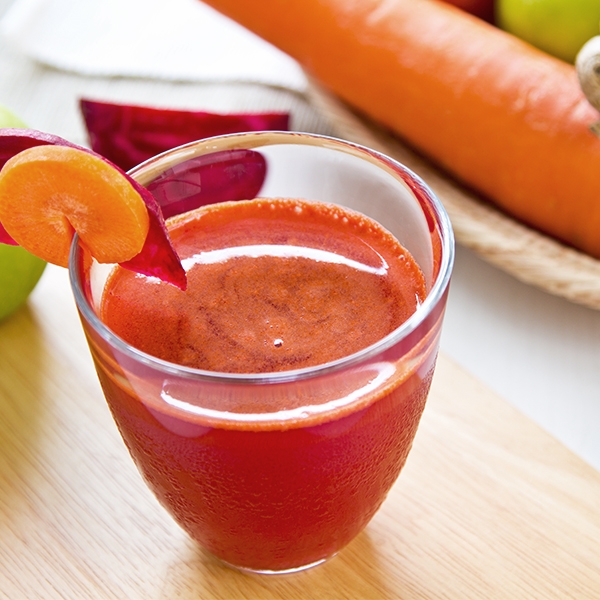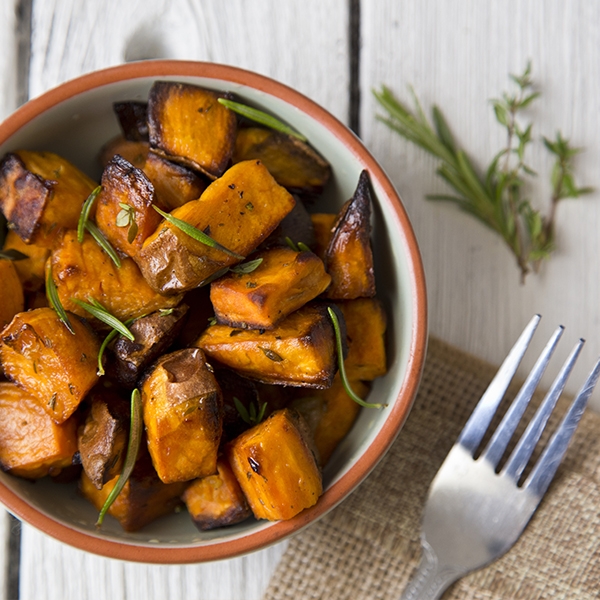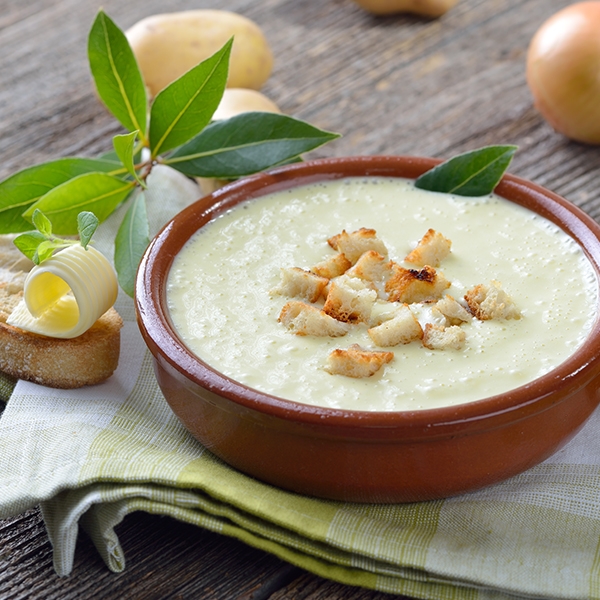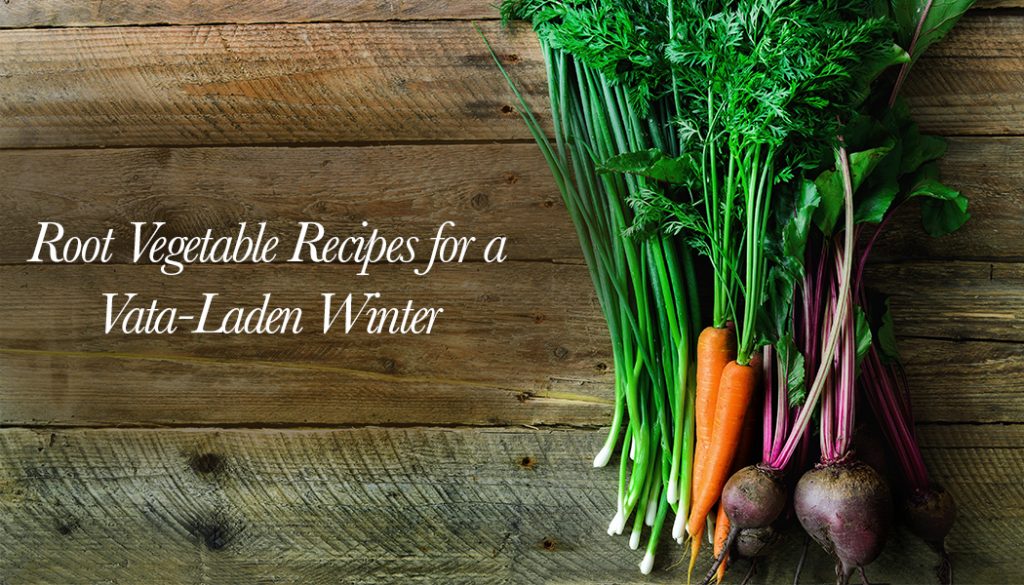- 17 January 2018
- 5 mins read
Ayurveda states that Vata is the predominant dosha during winter. Every human body has Kapha, Pitta, and Vata elements in their constitution. Every dosha is a combination of natural elements, and Vata is characterised by air and space. When out of sync, Vata dosha issues manifest as dry, flaky skin, and/or dehydrated, frizzy hair, because the qualities of the external season amplify the same qualities of the dosha that is prominent during that season.
Vata governs mind-body movement: quality of speech, locomotion, blood flow and heart rate, the processing of food along the digestive tract and elimination of toxins and waste; as well as cognition and intellectual/emotional creativity. Signs of imbalanced Vata therefore, also include stomach aches, cramps, constipation, menstrual irregularities, lower back pain, throat and ear-aches, and general fatigue; as well as restlessness, anxiety, feeling disoriented and scatter-brained, and inability to sleep deep, and sleep well, because of incessant mental chatter.
In terms of dietary changes, ‘heavy’, warm, and well-cooked foods are preferred, because they induce a sense of ‘anchoring’ and consolidation. For this reason, it’s beneficial to consume ‘ground’ vegetables/root vegetables and rhizomes, like carrots, beets, radishes, turnips, sweet potatoes, ginger, green leafy vegetables, onions, cucumber, and pumpkins.
These should be cooked to preferably a moist consistency, and should be either sweet, or heat-inducing, either because of their inherent nature itself, or because of the addition of seasoning and spices.
Below are some simple root vegetable recipes for winter:
BEETROOT-CARROT-GINGER JUICE

This juice blend, though raw, would be an exception to the rule about consuming well-cooked foods for balancing Vata. This is becuase it assists a healthy liver detox, relieves constipation, improves metabolism and muscular strength, as well as the quality of skin and hair because of better blood circulation. It’s popularly made with apples, which are also good for Vata. If consumed around mid-day, when digestive power is strongest, then chances of Vata imbalance are low, so you don’t have to worry about it being a raw, and technically Vata-aggravating preparation. The number of vegetables you use depends on their size, but as a standard rule of thumb, one beet, one apple, and a couple of carrots is a good combination, topped off with a grating of ginger.
POTATO/SWEET POTATO DISHES

Curries and dry side dishes with potatoes as the base, or star ingredient, are indispensable in Indian homes. They are a great inclusion for a Vata diet, when they have been cooked with warming, digestion-friendly aromatics like ginger, heeng (asafoetida), cumin, black pepper, turmeric, chilli, coriander, and ajwain (carom).
HEARTY PUMPKIN SOUP

This simple soup can be a main meal in itself, or an appetiser. It’s an excellent comfort-food option for gloomy, chilly winter nights, or bleak afternoons. Again, the quantity depends on the number of people you’re preparing it for, the size of the onions and pumpkin, and the measuring cups. For 3-4 people, 2-2.5 cups each of pumpkin purée and onion, 1 tablespoon or so of minced garlic, ¼ teaspoon each of black pepper, cinnamon, nutmeg, paprika (optional), salt to taste, and 2 cups of chicken or vegetable stock, is a useful guideline. You can add double cream, or coconut milk for further depth, or simply as garnish on top.
CREAMY POTATO SOUP

Potato and leek is a classic combination, though leeks may not be easily available at your friendly neighbourhood Indian vegetable vendor’s. It can be prepared without leek as well, with cream, flour, and butter adding enough body and texture to the soup. You’ll need as much chicken or vegetable stock as required to cover your desired quantity of potatoes. You can also include celery, besides onion, which helps form the base of the soup. These should be sautéed in a separate pan, with garlic, salt and pepper to taste, and cooked in your choice of stock, till tender. If you like bacon, this is the one root vegetable soup you would really enjoy it with. Whisk and warm the butter, flour, and heavy cream in a separate pan, before adding it to the vegetables. If using a single cup of heavy cream, you’ll need around ¼ cup of flour, and a few tablespoons of butter, depending on how much you love it! Garnish with rosemary or tarragon.
CARROT AND GINGER SOUP

This soup will remind you of warm, bright summer afternoons you miss during the foggy, grey months. Sauté chopped onions in olive oil or butter, until the onions are soft. Add chopped carrots, a tablespoon of grated ginger, and vegetable or chicken broth, enough to cover the carrots. Cook until the carrots are tenderised. Blend the mixture in a food processor, till it achieves the desired creaminess and even texture. Return to the pan, and heat together with salt and pepper to taste, and/or paprika. Use parsley, grated ginger, and/or cream as garnish.
For all soups, remember to let your sautéed vegetable and spice mixtures cool for a minute or so, before transferring them into the blender. It’s the even, silky consistency of soup that makes it delightful to eat, as much as the flavours of the ingredients, so don’t be in a hurry to finish with the blending.
Many people are not so enthusiastic about it as a winter food alternative, but pumpkin is an anti-ageing dietary secret that trumps many others. Pumpkins are a rich source of beta-carotene, (as are carrots), which the body converts to vitamin A, and antioxidants. These arrest cellular ageing and degeneration, and protect healthy cells from the adverse affects of free radicals in the environment. Like carrots and beets, pumpkin is also a rich source of fibre, necessary not just for healthy bowel movements, but for mitigating the risk of cholesterol and diabetes. Though Ayurveda recommends pumpkin for pacifying heated Pitta constitutions, it works well for Vata when prepared with the kind of ‘heaty’ spices prescribed in the above recipe. To add further to the warmth, you can sauté the pumpkin and onion in an Ayurvedic essential which promotes jatharagni, or the digestive fire in the small intestine, without aggravating Pitta – none other than the omnipresent Indian staple, ghee.










